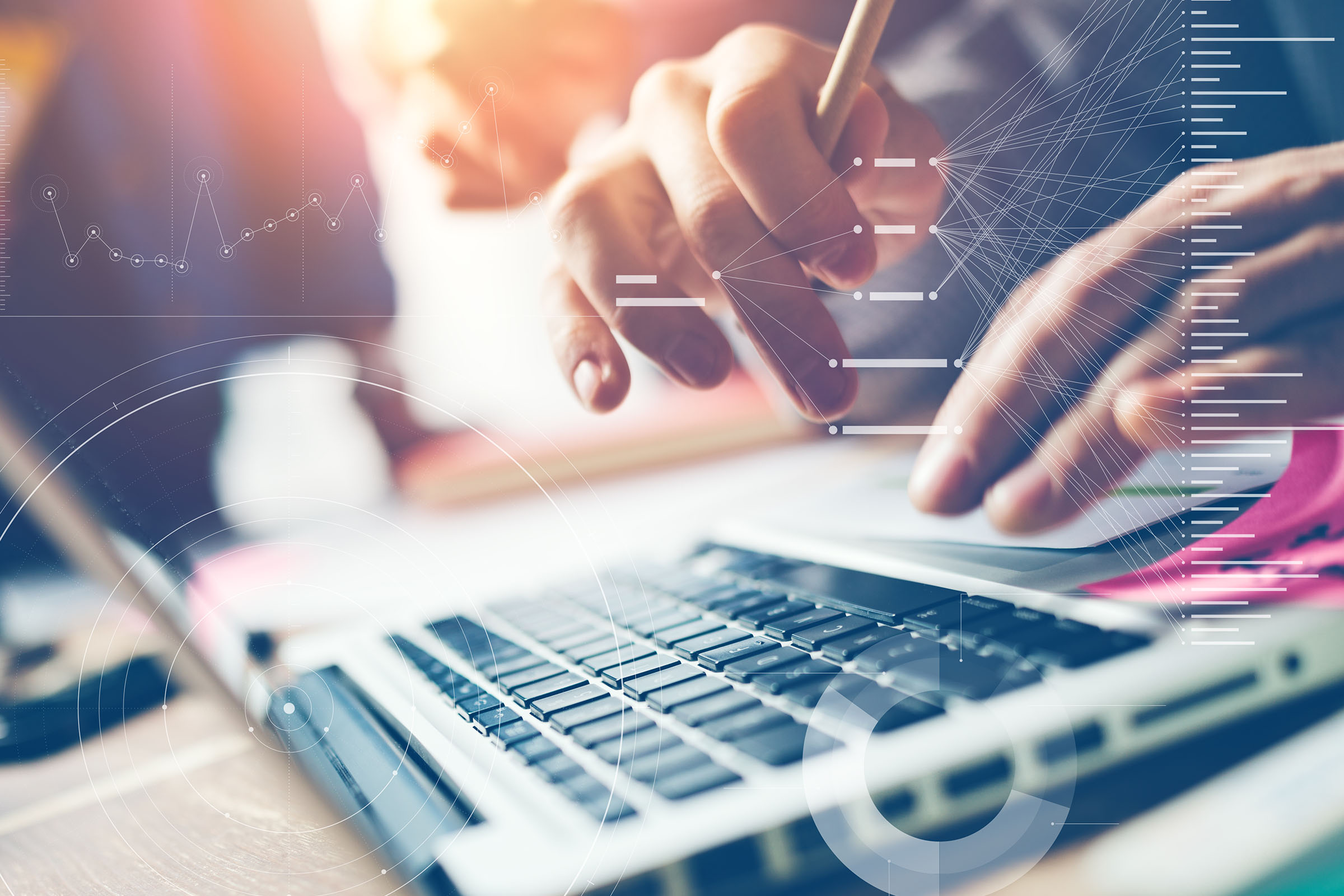The Internet of Things (IoT) is one of the hottest topics in technology innovation right now. But what is it? You’ve come to the right place; here’s the Internet of Things explained.
At its most basic, it’s the idea of devices that have technologies embedded in them to connect to the web wirelessly – so using cloud computing. The obvious example is your smart phone, which is part of the IoT. But the potential for IoT technology goes way beyond your phone and laptop.
An increasing number of real-world objects are becoming accessible and manageable through the internet. Wireless technology can be embedded in everything from household appliances to wearable technology to implantable biometric sensors to entire transportation systems in cities. So, sure, the IoT means you can watch YouTube while you’re on the train. But it could also serve to keep the trains running on time – an ‘Internet of Trains’ if you will.
And the IoT is going to get a lot bigger. The massive amount of ‘smart’ objects that will cooperate with each other will continuously produce new data. The possibilities for transforming life and business through the IoT is immense.
Making sense of the IoT
Charles Sturt University is at the forefront of applying the IoT to real-world situations. And our innovation is being recognised on a global scale.
A team of students and academics from Charles Sturt (financially supported by the NSW Department of Industry) took part in the international IoT Spartans Challenge. IoT Spartans is an educational program that offers students an opportunity to brainstorm and propose an innovative idea for using the new IoT technology. The Charles Sturt team placed second out of 250 university teams. Individual students took three places in the top 10, out of more than 600 participants.
Organised by one of the top 10 IoT companies in the world, Libelium, the competition focuses on utilising hardware to showcase innovative ideas. It’s also a great chance to explore the latest techniques. And to get a taste of hands-on practical applications and promote public recognition to the best future IoT developers.
The Spartans competition challenges students to devise new ways to use IoT technologies to solve real-world problems. Charles Sturt University decided to focus on applying IoT technology to specifically rural challenges. After all, we are Australia’s largest regional university.
The team designed a tool for farmers to view, retrieve and download data captured by new IoT sensors placed in farm paddocks and greenhouses. Sensors collect real-time data on relevant aspects of climate – such as wind speed and direction, temperature and humidity. The collected data is then sent to a cloud server and can be analysed so that farmers can respond dynamically to how things are ‘on the ground’ through continuous monitoring.
The IoT in the field
Dr Lihong Zheng is a Senior Lecturer in Computer Science at Charles Sturt University. She’s part of the team for the competition and explained the rural focus.
“With the onset of digital agriculture, IoT can improve productivity in Australian farming. We teach students how to apply cutting-edge techniques to provide a cloud-based architecture for environmental monitoring on farms.
“At Charles Sturt University we see the potential of the technology. And we try to combine it with parts of the agriculture sector.”
Dr Zheng believes it is important for the university to be at the forefront of technology that bridges the digital divide between metropolitan communities and regional, rural and remote ones.
“There is much more scope to use IoT technology in Australian rural communities. It is being done a lot in Europe at the moment. For example, technologies to monitor crops, vineyards and irrigation, and these things can help Australian communities.”
Discovering the future
Beyond these applications, Dr Zheng feels that the technology that powers the IoT will become increasingly embedded in our society. It is already evident in something as everyday as parking your car.
“There are IoT systems that transmit data about car parking spaces to users driving smart cars. A gateway at a car park collects data from smart cars and transmits it over the internet. It can then be downloaded in real-time by an app in someone’s car.”
Dr Zheng believes the impact will continue to grow exponentially.
“Even five years ago the idea of something like Google Home [a voice-activated wireless hub that allows users to control the smart devices in their home simply by speaking] wasn’t being imagined as a possibility, so in the future the internet could well link everyone – and everything – together.”
Students studying the Internet of Things get to explore these notions, as Dr Zheng explained.
“Students design a smart office, home, building, and can experience the latest industry-level software. We have simulation software that students use to conceptualise their designs. And we use cloud computing technology actually in the delivery of the subject.”
Keen to learn more about the Internet of Things? You can study it as a single subject or explore it as part of a wider computing course.

